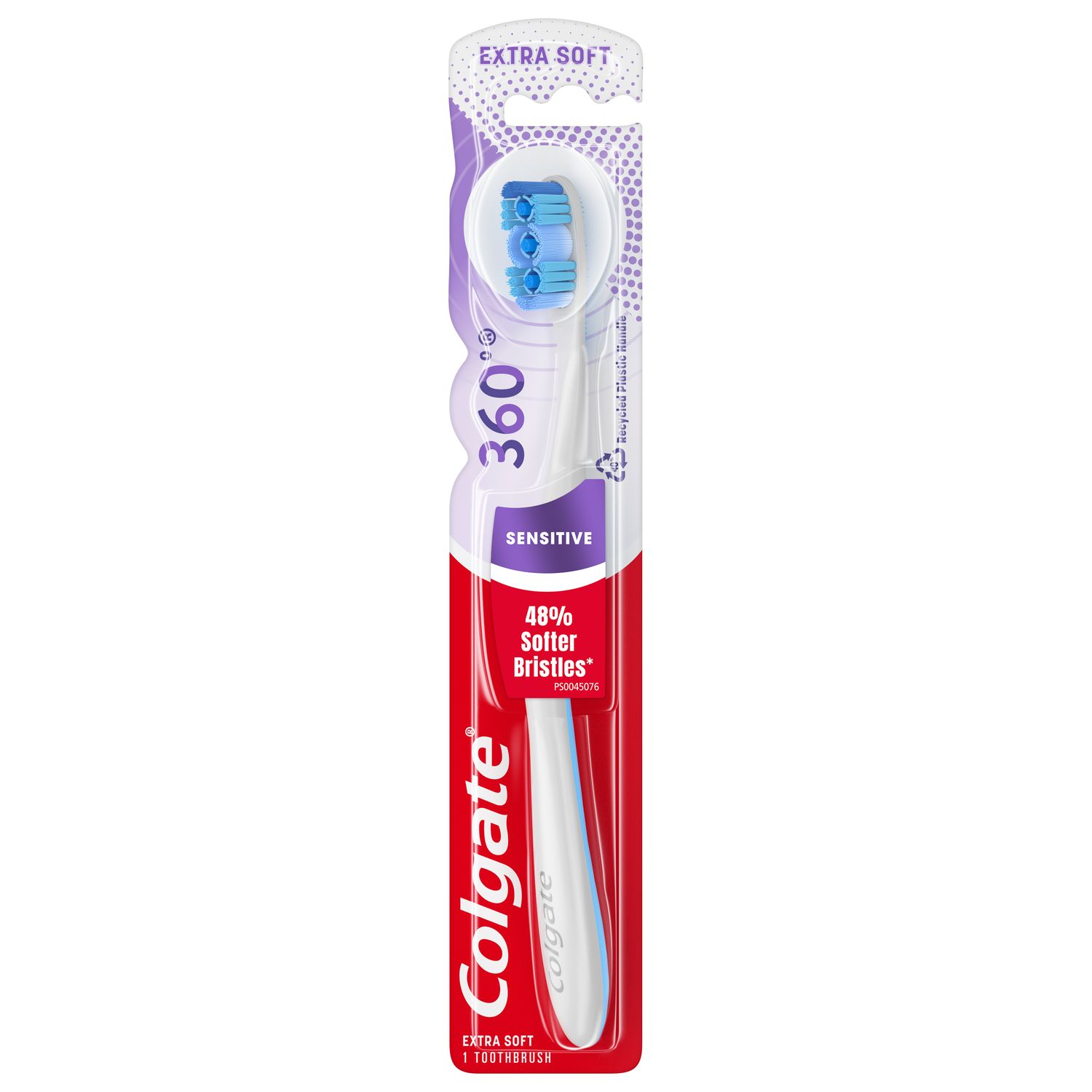Gingivitis is a lot more common than you may realize, and it can develop into more severe infections and even tooth loss. Read on to learn all about the signs, symptoms, and treatments for this disease, along with some preventative tips you can use to keep your smile healthy and beautiful – gums included!
What is Gingivitis?
If your gums are swollen, inflamed, or tender when you brush, you may have gingivitis. This is a mild form of gum disease caused by plaque, a sticky, bacterial film that can build up on your teeth and around your gum line. Left untreated, gingivitis can develop into periodontitis. This more severe form of gum disease can cause your teeth to loosen or even fall out.
According to the Journal of Dental Research, nearly half of adults over 30 in the US ( 47.1 percent to be exact) have some form of gum disease.
But don't worry, we can help you avoid that fate. Gingivitis is reversible with prompt diagnosis and treatment, and can be prevented altogether. Let's discuss causes and risk factors you can be aware of to reduce your risk.
Causes and Risk Factors of Gingivitis
The main cause of plaque build-up and gingivitis is poor oral hygiene. If you’re not brushing properly or often enough, plaque can accumulate on your teeth and harden into tartar (calculus). Plaque bacteria feed on free sugars and starches in your diet, too, so eating lots of these foods can also contribute to build-up.
There are other risk factors you should be aware of, too:
Smoking. According to the Centers for Disease Control (CDC), smokers are twice as likely as non-smokers to have gum disease.
Health concerns like stress or obesity.
Systemic diseases like diabetes, heart disease, and osteoporosis.
Hormonal fluctuations during puberty, pregnancy or menopause.
Age. The Journal of Dental Research states that 64% of adults over 65 have moderate or severe periodontal disease.
Medications. Lots of medications have side effects that can contribute to gingivitis. Speak to your prescribing physician about any concerns.
Nutrient deficiencies. Gingivitis risk increases with a lack of certain vitamins that are essential for gum health, like vitamins C, D and K.
Genetics. You are more likely to have gingivitis if you have family members with the condition.
Other illnesses are being evaluated for possible connections to gum disease, including pancreatic cancer, pulmonary disease, and rheumatoid arthritis.
Is Gingivitis Hereditary?
According to the American Dental Association (ADA), genetics is a risk factor for developing gum disease. So if a close member of your family, like a parent or sibling, has gingivitis, you have a higher risk of also developing gum disease.
However, a genetic predisposition doesn’t necessarily mean that you’re destined to have gum disease! Genetics is just one of many risk factors that can contribute to gingivitis, and it’s far from the most influential. By practicing great oral hygiene and dietary habits, you can dramatically reduce your risk of gum disease, regardless of your genetic inheritance or your relatives’ oral health.
How To Know If You Have Gingivitis
If you notice any of the following symptoms, you may have gingivitis:
Your gums are swollen or puffy.
They feel sore to the touch.
They look red and inflamed, rather than pink and healthy.
They bleed when you brush or floss.
You have bad breath or an unpleasant taste in your mouth.
The following symptoms suggest that your gingivitis may have progressed to periodontitis, or advanced gum disease:
Your gums are receding and appear to be shrinking away from your teeth.
Your teeth look longer.
You can see a darker, notched area of tooth near the gum line (this is a visible tooth root).
Your teeth feel loose or seem to be shifting.
Your bite has changed and doesn’t feel properly aligned.
You feel pain when chewing.
Your teeth are sensitive to heat, cold or touch.
If you notice symptoms of gum disease, visit your dentist or hygienist right away. Gingivitis can be reversed, but the damage from periodontitis cannot. The sooner you catch gum disease, the better!
Maybe you have no symptoms of gingivitis – congrats! But if you haven’t been to the dentist for a while, it’s a good idea to book in for a check-up anyway. Gingivitis sometimes has no symptoms, but your dentist or hygienist can still detect it in a routine check-up. That means you can treat it quickly and easily, before it has a chance to cause you problems.
Is Gingivitis Painful?
Gingivitis is not necessarily painful, but it can be uncomfortable. As your gums become inflamed, they might feel sore when you touch them, especially when you’re eating, brushing or flossing.
If you’re noticing tooth sensitivity when you consume something hot or cold, or it hurts when you chew, this could be a sign that gingivitis has progressed to periodontitis.
If you experience any soreness of the gums or dental pain, it’s always a good idea to book in for a dental check-up to see what’s going on. Even if you don’t think you have gum disease, pain can be a symptom of other dental conditions that need treatment, such as tooth decay or infection. It’s always better to be on the safe side and catch any problems early on.
Is Gingivitis Contagious?
The bacteria that cause gingivitis are in fact contagious, and can be passed on in the saliva through, for example, kissing or sharing utensils. Does that mean you’ll get gingivitis if your partner has it, though? Not necessarily!
The bacteria that cause gingivitis are actually present in many healthy mouths, too. They’re usually kept in check by the immune system and the good bacteria that also live in the mouth, as well as daily brushing and flossing habits.
However, if something disturbs this balanced system – poor oral hygiene, an impaired immune system, smoking, etc – the bacteria can thrive, and you may develop gingivitis.
So while you should make the effort to avoid transmission – e.g. not sharing drinking glasses or toothbrushes – your best form of protection is to always maintain excellent oral hygiene, diet and lifestyle habits.
How to Get Rid of Gingivitis
If you have mild gingivitis, you may be able to treat it at home with excellent oral hygiene, tailored products, and good dietary habits. Make sure to:
Brush twice a day with a fluoride toothpaste and a soft toothbrush.
Consider an antibacterial toothpaste for extra gum support.
Floss or use another interdental cleaning tool once a day.
Use an antiseptic mouth rinse at least once a day.
Brush your tongue and/or use a tongue scraper.
Cut down on high-sugar foods.
Eat lots of crunchy, nutrient-rich fruits and veggies that will scrub away plaque while you chew.
Quit smoking or using tobacco.
If your gingivitis symptoms don’t resolve, or you have symptoms of more advanced gum disease, book in to see your dental hygienist or dentist. They will likely perform a cleaning to get rid of any stubborn plaque or tartar, and they can advise you if any more advanced treatments are needed.
How To Prevent Gingivitis
You can prevent gingivitis with the same good oral hygiene, dietary and lifestyle habits we discussed above. By taking proactive care of your oral health, you're giving yourself the best chance of keeping your gums free from gingivitis.
And be sure to see your dental professional for regular appointments. Not only will this keep your teeth pearly-white, it will also give you a chance to address any potential gum problems early on, when treatment is easier and more effective. Your dental hygienist and dentist can help you to safeguard your future oral health, so don’t hesitate to get their professional advice!
This article is intended to promote understanding of and knowledge about general oral health topics. It is not intended to be a substitute for professional advice, diagnosis or treatment. Always seek the advice of your dentist or other qualified healthcare provider with any questions you may have regarding a medical condition or treatment.
ORAL HEALTH QUIZ
What's behind your smile?
Take our Oral Health assessment to get the most from your oral care routine
ORAL HEALTH QUIZ
What's behind your smile?
Take our Oral Health assessment to get the most from your oral care routine















